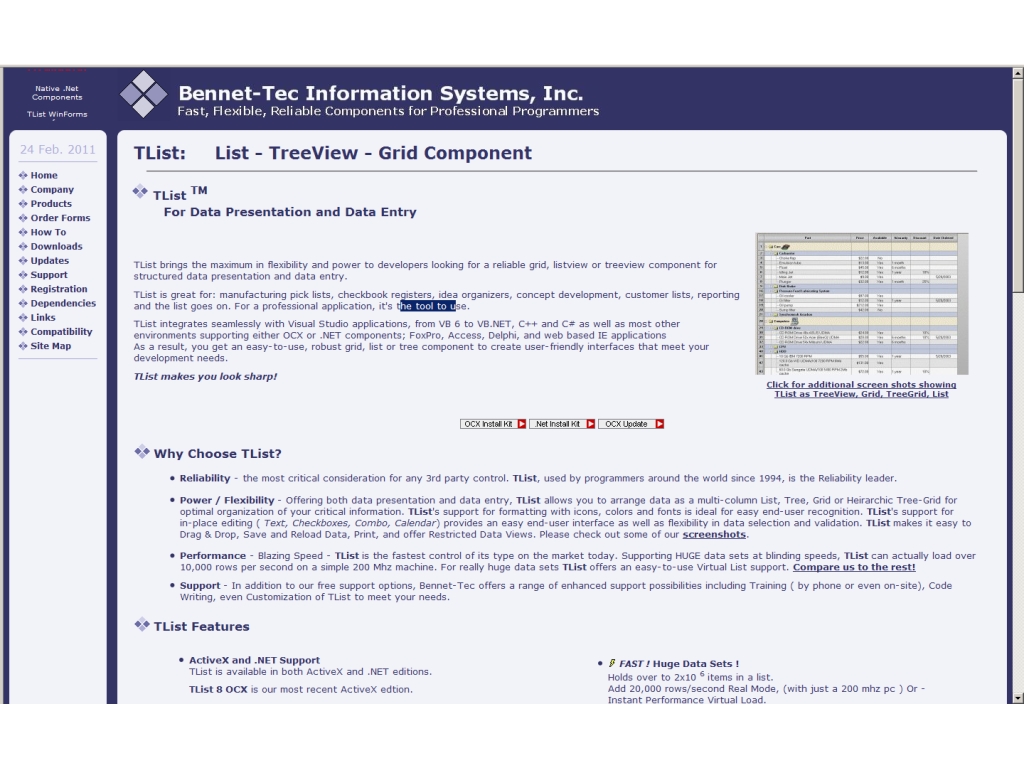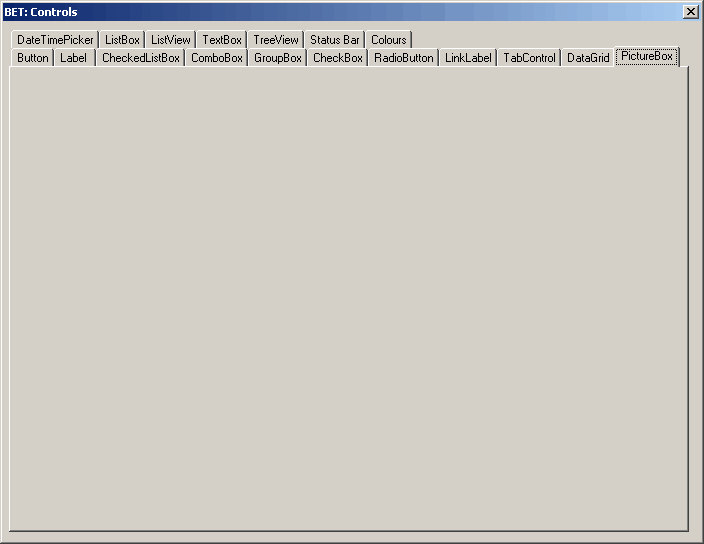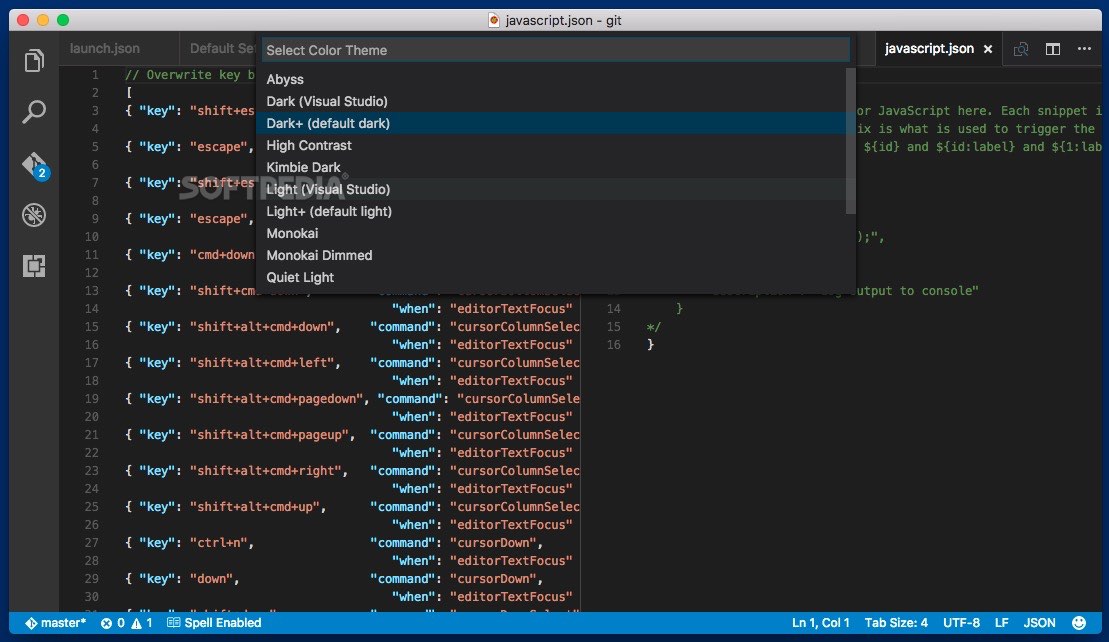

- #SET ICON IN TREEVIEW FOR USERCONTROL VISUAL STUDIO HOW TO#
- #SET ICON IN TREEVIEW FOR USERCONTROL VISUAL STUDIO SOFTWARE#
Command doesn't work on top level MenuItem in MVVM.My application color look with lines when.Tab Control without a line when selected.WPF media kit camera orientation not working properly.
#SET ICON IN TREEVIEW FOR USERCONTROL VISUAL STUDIO HOW TO#
WPF How to make a Viewbox aware of its available s.Multiple values selection in a desktop application.WPF (Vb.net): How to change the application icon d.Check ComboBox (Xceed WPF Toolkit), How to get sho.Multiple Inheritance - want to extend a class that.WPF- Bind tab selected/unselected event to method.I'd have to use a ControlTemplate for that, but how can I make my Menu change ControlTemplate the way I could do with DataTemplate? But that does not change the menu itself, just the content-part. Question 2 I tried to use a DataTemplate to customize how my MenuItems are displayed. But in that case my ContextMenu needs to contain a Separator and not a MenuItem. Question 1 How can I display a separator in the menu? I have another class SeparatorMenuItemModel that I planned to use for separators. Like this: public class MenuItemModel : ViewModelBase For this purpose I wrote a MenuItemModel class, that serves as the business-object for a menu item. This means: the context-menu is built completely dynamic. The menu-items depend on the selected item.

The context-menu of the TreeView changes based on which item is selected. You can also contact us through our support forum, Direct-Trac, or feedback portal.I have a TreeView where I display items bound via the TreeViews HierarchicalDataTemplate.ItemsSource. If you have any questions or require clarification about our applications, please let us know in the comments below. Please have a look and make use of them in your application development. Syncfusion provides around 1500 custom controls to ease the work of the developers on various platforms. We hope this blog could help you to configure Visual Studio toolbox easily, to drag the custom controls to the designer. In this blog post, we’ve seen how to add custom controls to the Visual Studio toolbox. To configure Syncfusion’s custom controls in your Visual Studio toolbox, refer to this documentation. The assembly reference will automatically be added in the reference manager.ĭragging the custom control to the designer. Once the controls are added, you can drag the control to the designer from the Visual Studio Toolbox and start using it.Alternatively, you can also add tools by navigating to the assembly location, and dragging the assembly directly to the newly created tab.The selected controls will now be displayed in Visual Studio toolbox.ĭisplaying the selected controls in Visual Studio toolbox.Select the custom controls from the available list, and then click OK.The check box in the selected state means those items will already be present in the toolbox. This dialog box shows a list of controls present in GAC that can be added to the toolbox.The Choose Toolbox Items dialog box will be displayed. Then, right-click anywhere inside the new tab, and then select Choose Items.To create a new tab for the custom controls, right-click anywhere in the Toolbox window, select Add Tab, and then provide a name for the new tab.If the toolbox is not visible, click the View menu, and then select the Toolbox option. The toolbox items will only be visible in the designer window.


To add custom controls to Visual Studio, create a new project (ASP.NET Web Forms, WPF, or WinForms) and open the designer. Add custom controls to Visual Studio toolbox The reference is automatically added to the Visual Studio reference manager. To do so, you don’t have to add the assembly reference manually. You can add custom controls to the Visual Studio toolbox so that they can be used easily in Visual Studio projects just by dragging them in the designer.
#SET ICON IN TREEVIEW FOR USERCONTROL VISUAL STUDIO SOFTWARE#


 0 kommentar(er)
0 kommentar(er)
